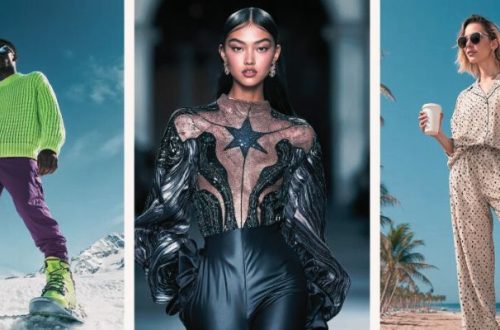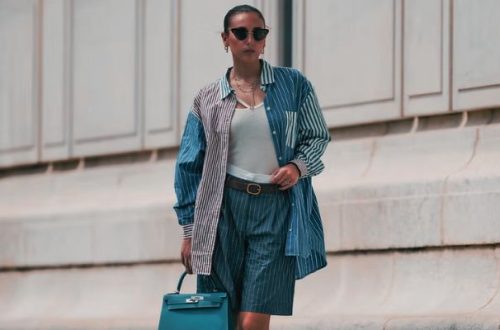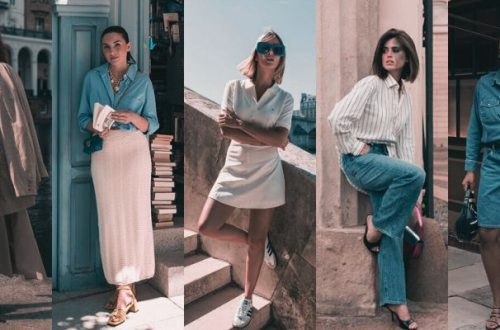Introduction
Fashion has always been about pushing boundaries — from avant-garde design to immersive storytelling. Now, the industry is taking its boldest step yet: entering the Metaverse.
As technology reshapes creativity, digital fashion shows in the Metaverse are redefining how designers present collections and how audiences experience them. With virtual stages, customizable avatars, and borderless access, the next era of fashion is unfolding in a digital universe where imagination knows no limits.
FashionWeekOnline.co.uk has spotlighted this shift, celebrating how innovation and artistry merge in the virtual runway era.
The Metaverse: Fashion’s New Runway
The Metaverse is not just a buzzword — it’s an entirely new platform for creativity, commerce, and community.
Unlike traditional runways limited by location and seating, Metaverse fashion shows invite global audiences to experience collections in real time, from anywhere in the world.
Through VR headsets or simple web browsers, users can walk digital runways, interact with designers, and even buy NFT versions of the latest styles.
This redefines exclusivity: instead of front-row access for a few, the entire world becomes the front row.
Why the Fashion Industry is Embracing the Metaverse
The pandemic accelerated the shift to digital showcases, but what began as a necessity has now evolved into a permanent innovation.
Luxury houses like Dolce & Gabbana, Gucci, and Balmain have already hosted Metaverse events, blending haute couture with virtual storytelling.
Digital fashion platforms such as The Fabricant, DressX, and Roblox Fashion Week have also proven that style can exist beautifully beyond physical reality.
Brands are drawn to the Metaverse because it offers:
-
Creative freedom without material limits.
-
Global reach across demographics and continents.
-
Sustainability benefits through digital samples instead of physical production.
As FashionWeekOnline.co.uk notes, this transformation isn’t replacing tradition — it’s expanding the very definition of fashion.
Immersive Experiences and Audience Interaction
One of the most exciting aspects of Metaverse fashion shows is the level of audience participation.
Viewers don’t just watch — they interact. They can walk through virtual venues, change camera angles, or even wear digital garments on their avatars during the show.
This engagement turns passive viewers into active participants, making the fashion experience personal and memorable.
Designers benefit from instant feedback and data analytics that help refine future collections — something impossible in traditional runway environments.
NFTs and Digital Ownership
Fashion’s relationship with NFTs (non-fungible tokens) has introduced a new layer of creativity and commerce.
When a user buys a digital dress or accessory as an NFT, they own a unique, authenticated digital asset that can be worn in virtual worlds or displayed in personal galleries.
Some luxury brands now release dual collections — one physical and one digital — allowing customers to express their style both online and offline.
This fusion of technology and exclusivity aligns perfectly with the evolving digital lifestyle of modern consumers.
Sustainability Through Virtual Design
The environmental impact of fashion has long been under scrutiny. Digital fashion offers a forward-thinking solution.
By showcasing and testing collections virtually, brands can reduce the need for physical samples, travel, and large-scale production before gauging market interest.
This approach aligns with global sustainability goals while also cutting costs and increasing efficiency.
In the words of FashionWeekOnline.co.uk, “Virtual design isn’t just eco-friendly — it’s creatively limitless.”
Collaboration Between Designers and Tech Innovators
The success of Metaverse fashion depends on collaboration.
Designers work hand in hand with 3D artists, game developers, and blockchain experts to create visually stunning experiences.
This fusion of fashion and technology has given rise to entirely new career paths — digital couturiers, virtual stylists, and fashion technologists.
Such partnerships ensure that artistry remains at the core of every innovation, maintaining fashion’s emotional appeal even in digital form.
Challenges and Opportunities
Despite the excitement, the Metaverse fashion movement still faces hurdles:
-
Accessibility: Not everyone has VR equipment or stable internet.
-
Digital literacy: Some designers and consumers are still new to blockchain and 3D modeling.
-
Market validation: While digital garments are popular, long-term value depends on consumer adoption.
Yet, as more brands and users embrace the concept, these challenges are rapidly fading — paving the way for mainstream digital fashion culture.
The Future Outlook
The coming years will see Metaverse Fashion Weeks rival traditional events in influence.
Imagine an integrated world where virtual models wear AI-generated designs, digital boutiques open alongside real ones, and global audiences experience couture in breathtaking virtual cities.
As fashion evolves into a digital-first era, the Metaverse will serve as its most creative playground — where storytelling, style, and technology converge.
For forward-thinking brands and designers, this is more than a trend — it’s an invitation to lead the future.
Conclusion
The future of fashion lies beyond the fabric — it lives in code, creativity, and connection.
Digital fashion shows in the Metaverse are transforming how we experience style, opening doors to inclusivity, sustainability, and imagination on a global scale.
With leaders like FashionWeekOnline.co.uk chronicling this evolution, it’s clear that the next chapter of fashion isn’t about what we wear — but how we experience it.
The runway has gone virtual, but its spirit remains as bold and beautiful as ever.





